Hummingbirds are among the most amazing birds in the world: they shine with a thousand iridescent colors, have a long, thin bill to suck the nectar from flowers (just like butterflies). They are the only birds who can hover and even fly backwards while beating their wings so fast they seem to have disappeared. Males have evolved to dazzle females and display amazingly long tails, particularly beautiful color combinations or even puffy legs. Some hummingbirds are as small as insects and even the biggest one, the Giant Hummingbird (Patagona gigas) is not bigger than a swallow. Hummingbirds occur in America where they can be hard to observe in the wild, obviously because of their small size but also because they fly so fast that most of the time, the only thing you can see of them is a flash of blue, green or black accompanied by a chirping sound.
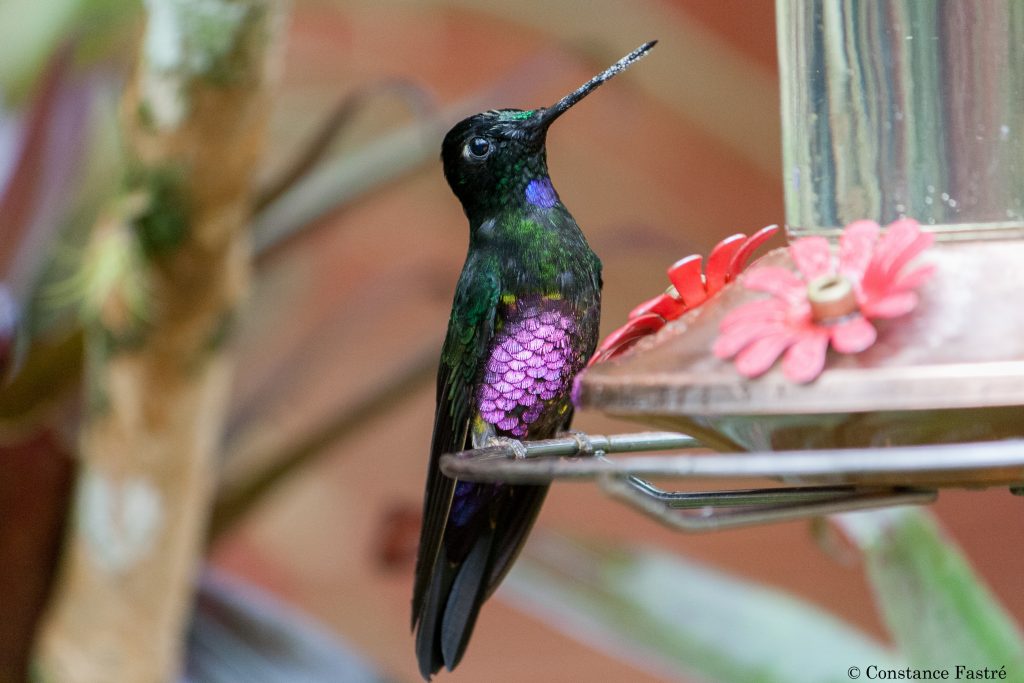
But do not despair for if you want to see a few nice Colombian species from close and potentially take great pictures, your dream can come true at the Hummingbird Observatory. Located a few hours’ drive from Bogota, on the way to Chingaza National Park, the Observatory (https://www.observatoriodecolibries.com/) is a private property held by hummingbird lovers who have filled the gardens with flowers, trees and nectar feeders. There is an entrance fee which includes a cup of tea or coffee and a cookie. Put on some warm clothes as it can be quite cold at these altitudes.
You step into the small garden next to the door, and there you are: Hummingbird Paradise. The little birds are flying everywhere and it is possible to see up to 14 species in only a few hours, including several spectacular ones: the Sword-Billed Hummingbird (Ensifera ensifera), both Black and Green Long-Tailed Trainbearers (Lesbia victoriae and Lesbia nuna) and the Glowing Puffleg (Eriocnemis vestita). Other species we have seen include: the Sparkling and the Lesser Violetears (Colibri coruscans and cyanotus), the Tyrian Metaltail (Metallura Tyrianthina), the Blue-Throated Starfrontlet (Coeligena helianthea), the White-Bellied Woodstar (Chaetocercus mulsant), the Shining Sunbeam (Aglaeactis cupripennis), the Coppery-Bellied Puffleg (Eriocnemis cupreoventris). Oblivious of the spectators, birds fly from one feeder to the next, offering a magical spectacle. It is a pure delight to see those animals from so close, flying around your head and fighting for the feeders (in an adorable way of course).
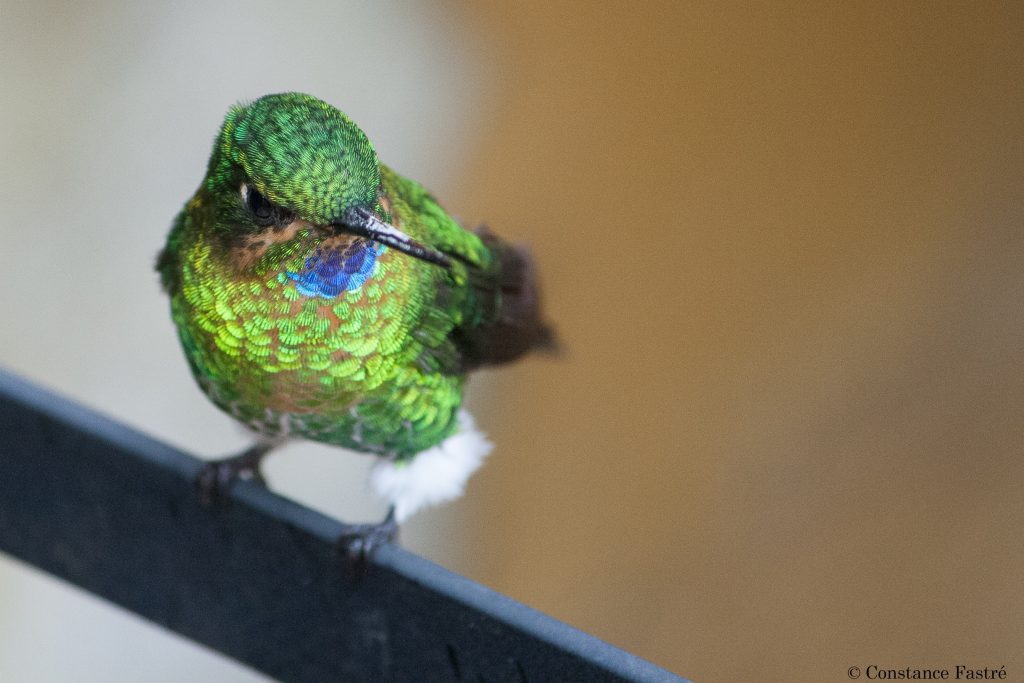
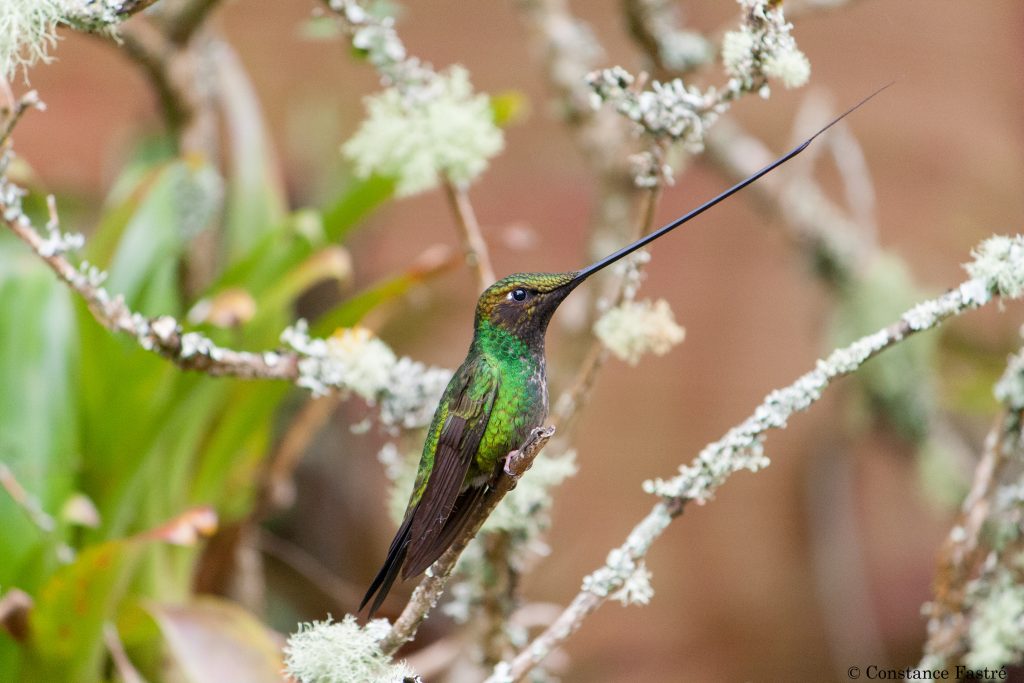
There is some debate whether feeding hummingbirds is ethical, but the farm is located in a heavily degraded area where conditions have become tough for the birds. Provided that the feeding is carried out regularly (which it is), it offers an opportunity for hummingbirds to survive in an environment where most native flowers have disappeared. In fact, more private places like the Observatory where the land is managed in a wildlife-friendly way would offer great opportunities to increase connectivity between different native forest fragments remaining in the landscape and support local bird populations.
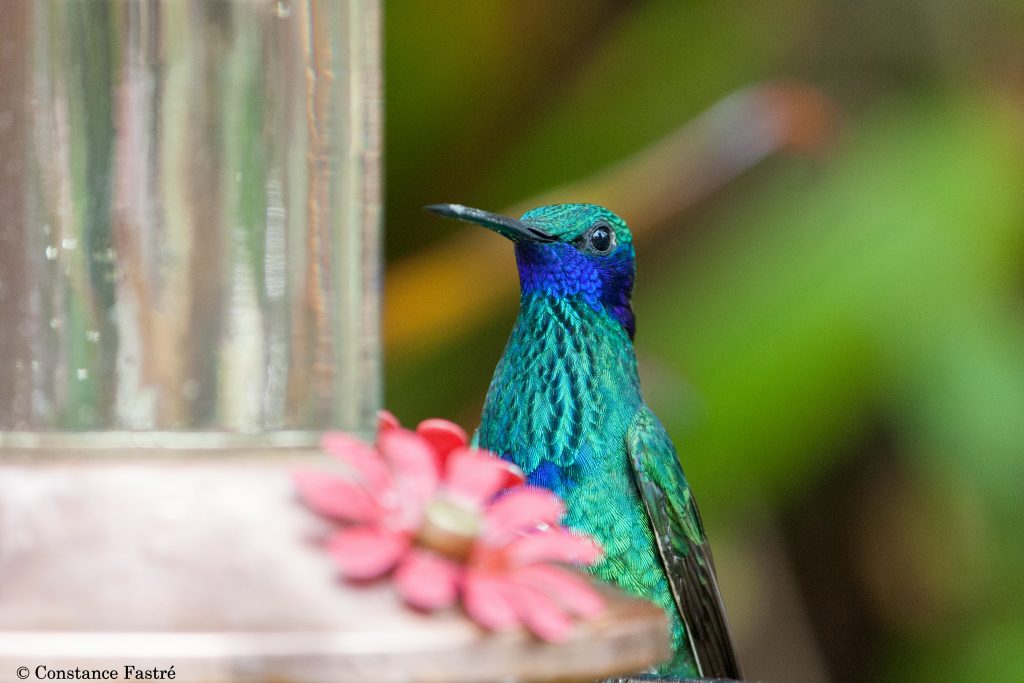
Our verdict
A great outing for photographers and bird lovers (and you don’t need to be an experienced birdwatcher to have fun!)

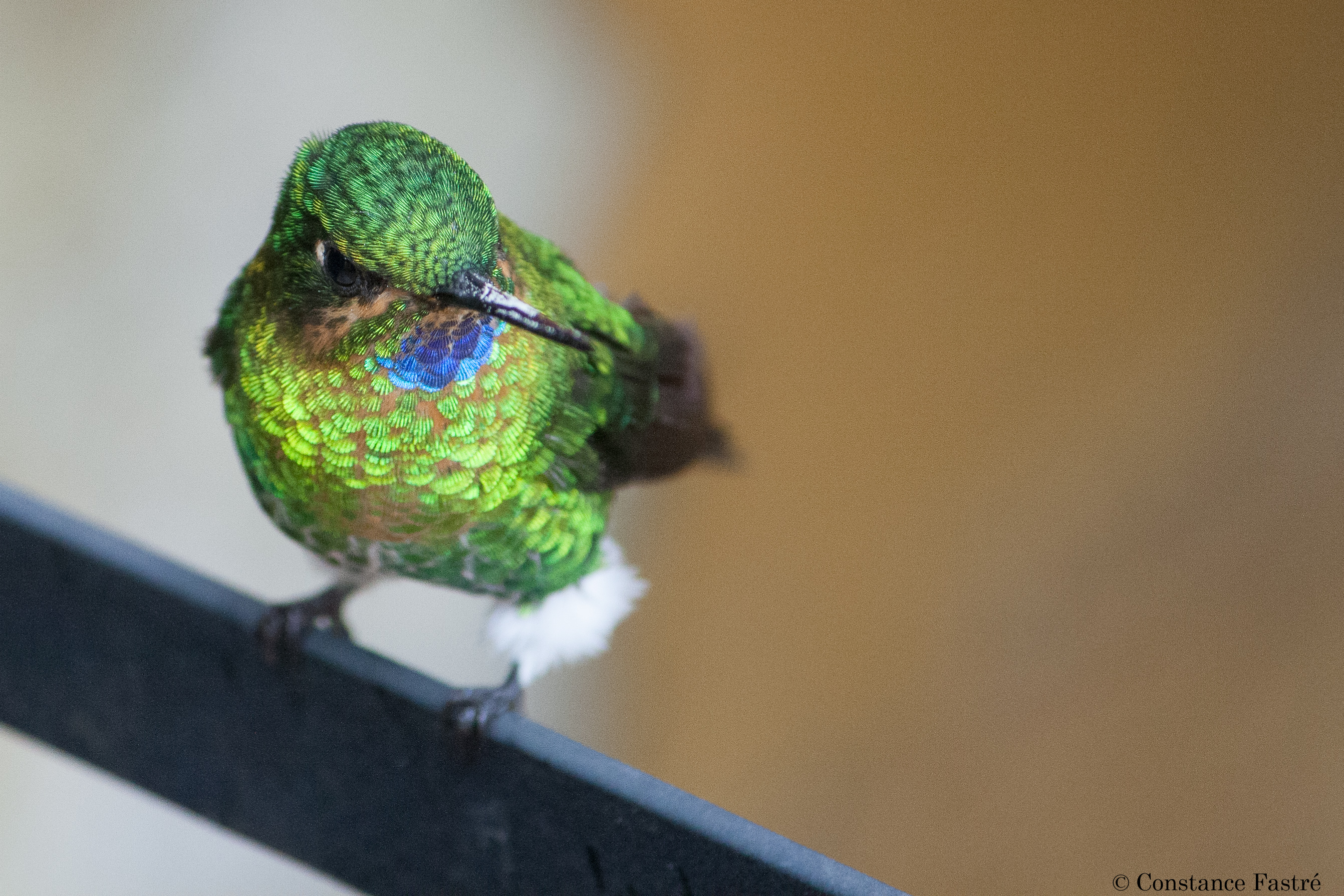
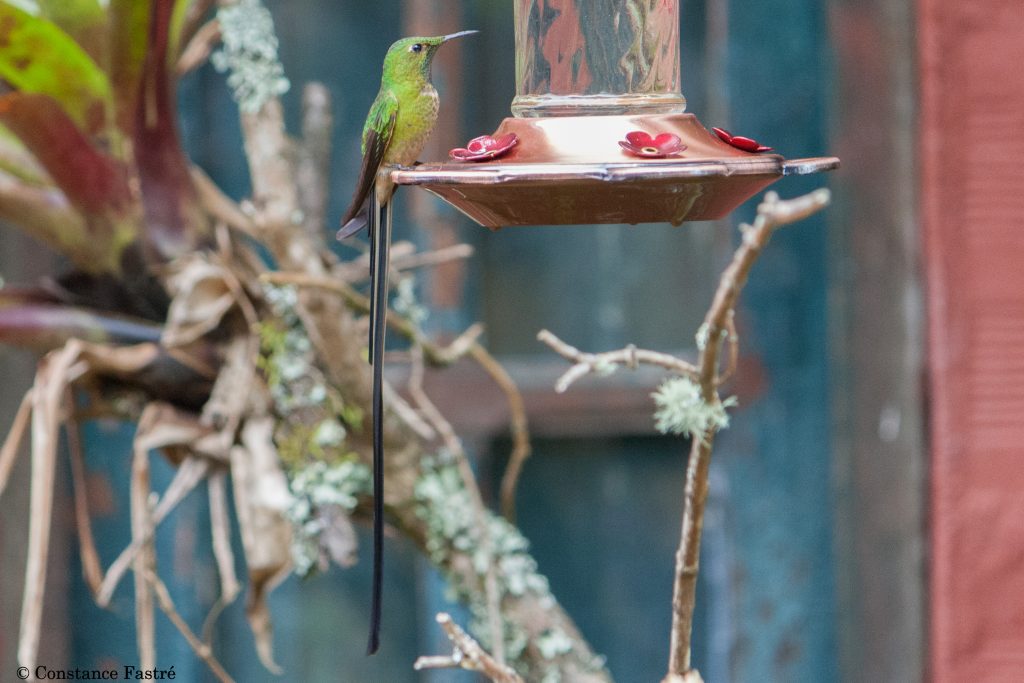
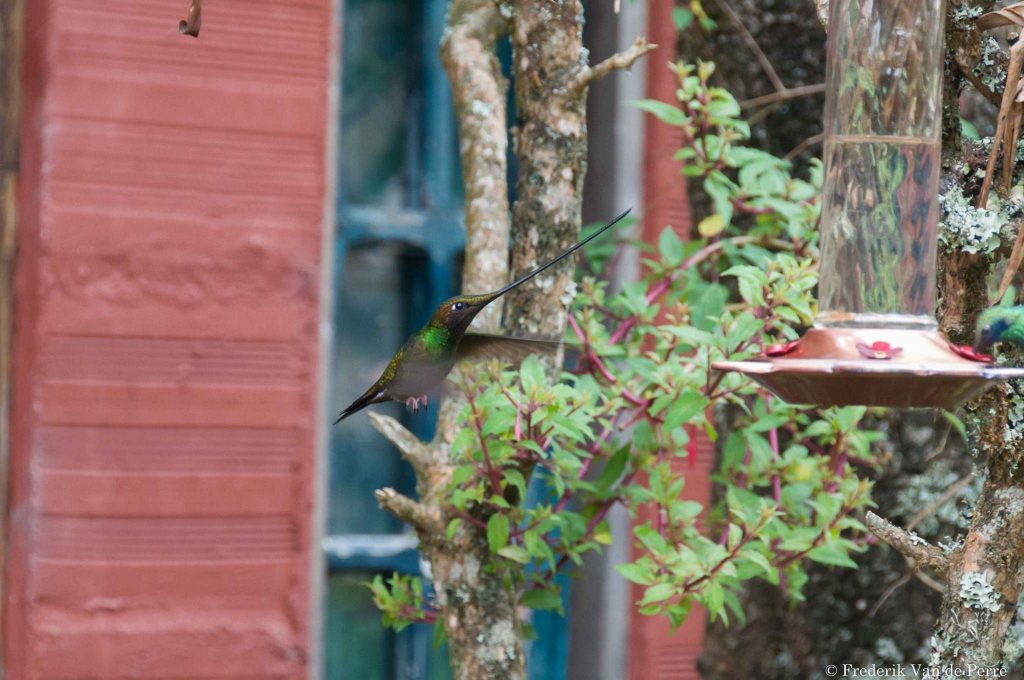
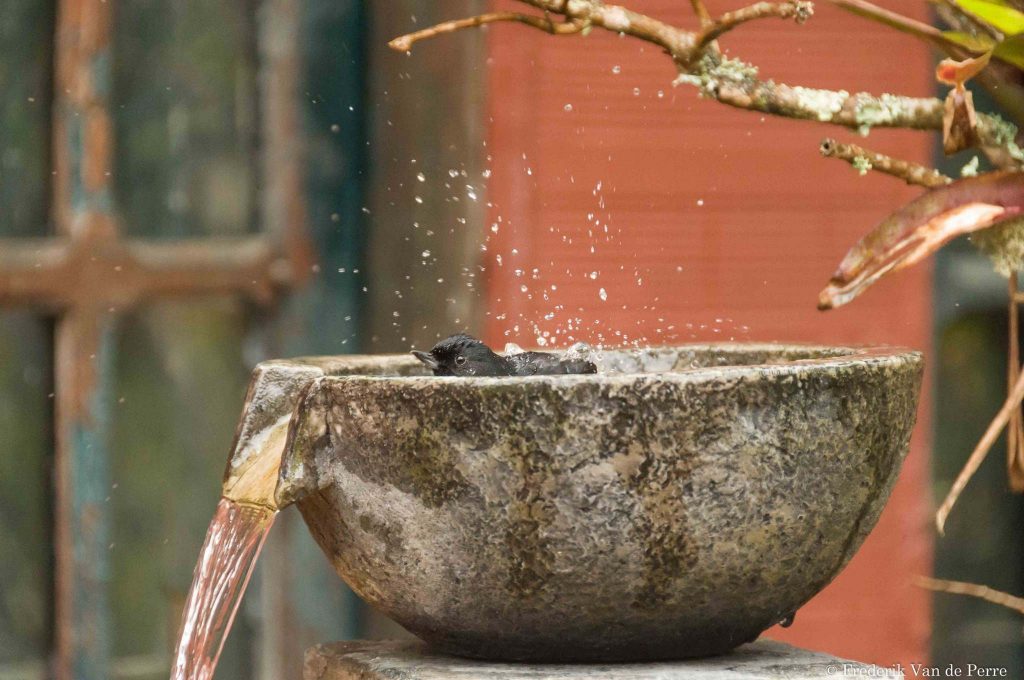
One comment